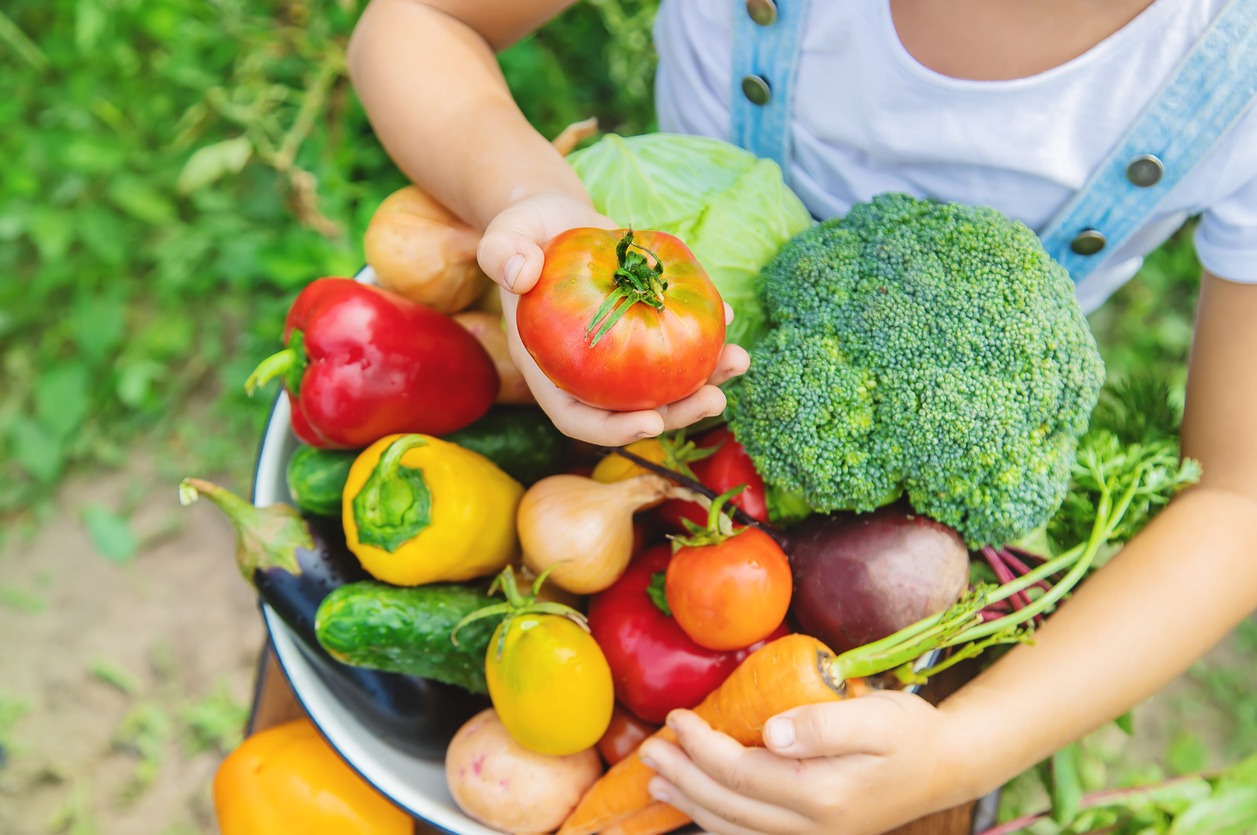Many consumers are committing to eating fresher food creating a new market opportunity for retailers, particularly when it comes to value-added produce like pre-chopped or sliced items.
But meeting this new demand is a tricky endeavor. Fresh produce by nature is perishable making the window for optimum sale and consumption ruthlessly short. Compound that with the fact that many produce items are transported globally to appease our demand for eating strawberries in January and you have a painpoint of substantial proportions.
“Fresh produce farming is the most underserved part of agriculture, given that perishable produce has a limited shelf-life compared to non-perishable goods and its more susceptible to weather and other condition,” Pablo Borquez Schwarzbeck, founder and CEO of online marketplace ProducePay tells AFN. “The commodity markets don’t exist for perishable produce. There is no futures market, not even reliable or at least a consistent source of providing data that can be used reliably – until now.”
ProducePay today announced a $205 million debt facility from Coventure and TCM Capital. This follows the company’s $14 million Series B equity funding round last year led by Anterra Capital. The latest round brings ProducePay’s total funding to just shy of $300 million, according to Crunchbase.
ProducePay has a multi-pronged offering that’s constantly evolving. Today it involves facilitating connections between buyers and sellers and importantly, ensuring farmers are paid for their produce the day after it’s shipped through a pre-payment plan; farmers are often left waiting for produce to sell before they’re paid, leaving them in a risky financial position post-harvest. According to Schwarzbeck, the best way to think about ProducePay is like its a clearinghouse for fresh perishable produce.
“This year we are doing over one billion dollars in transactions. This financing will allow us to get to four billion dollars,” Schwarzbeck says. “Right now, the US market consumes about $72 billion in fresh produce alone. The world does about $300 billion. We are also focused on Canada and other markets of consumption, but with the new funding we expect to go aggressively after other key strategic markets like Peru, Chile, and Guatemala.”
It also has a business analytics platform, ProducePay Insights, that helps farmers and distributors make better decisions before and during the growing season. It claims that this offering reached 10% market penetration within one year of launching.
Finally, its centralized online marketplace allows farmers to seek higher pricing and various payment options from distributors, as well as fairer prices on supplies and services like seed, equipment, and logistics. ProducePay has seen $100 million in contracted purchases pass through the marketplace since launching October 2019.
The company works with hundreds of farmers and distributors across 13 countries.
“The means by which ProducePay services these farmers is completely different from what a traditional financing company would do. It requires more hands-on management and requires us to essentially be able to have real-time oversight over these farmers.”
Having resolved what Schwarzbeck describes as the company’s first major challenge – amassing the financing to create an underwriting model to finance Latin American countries in this entirely new commodity market – ProducePay now wants to overcome a deep-seated trend in the agriculture industry: a serious lack of trust among suppliers and providers for fresh produce crops, which often involve multinational players.
“The country of origin is not the same as the country of demand. There is a perception and some historical data to back this up but producers are afraid that other states won’t pay them because it’s hard for a foreign party to exercise their rights against them,” he explains. “When an American-based company works with a grower they never meet. Our marketplace clearinghouse services have shined in this regard.”
Instead of merely acting as a clearinghouse, the company is operating as a fulfillment platform to foster strong connections between parties and providing an objective way for sellers to assess deals with new partners. He compares it to the way that Alibaba has become the go-to place for the world to source products from Chinese manufacturers.
As for competition, Schwarzbeck sees a few services on the horizon but describes them as ancillary. And because ProducePay’s model is evolving rapidly, he seems unphased by other potential entrants to the market.
“As long as we think fast and are loyal to our farmers like we have been from day one we have a steady path towards becoming a major industry player. We already are.”
Agribusinesses marketplaces have been a popular destination for VC dollars recently, most recently including a farmland rental marketplace and one focused on helping farmers overcoming challenges in developing regions like access to capital.




